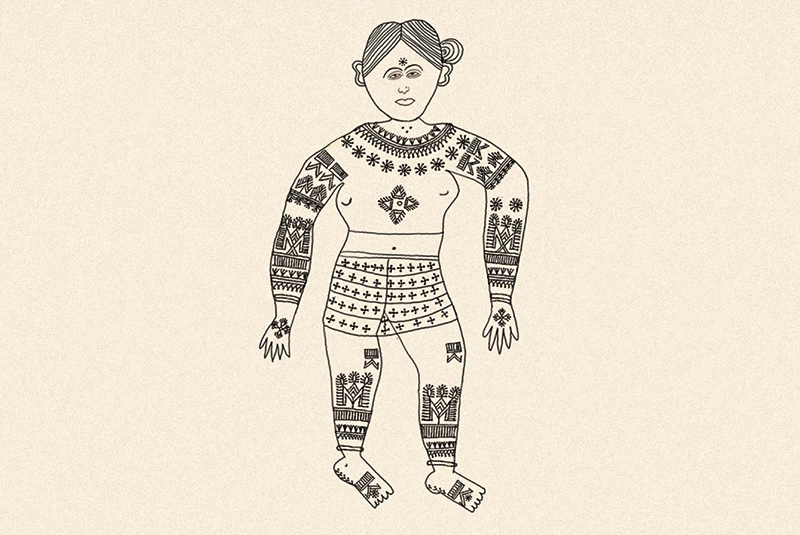In many parts of the world, the tattoo culture is almost casual. One in every five people in both the US and the UK have one. The most popular tattoos are simple – the world map, a compass, roman numerals – and arguably – unimaginative.
There is another side to the tattoo culture; one that has a dark past. In India, convicted Thugs – a community classified by the British as wayfarers and serial killers – were only released from prison if they agreed to one condition. That was to have the word Thug branded across their bodies, perhaps even foreheads. The word brought connotations of shame; Muslims were barred from bearing tattoos and Hindus believed the branding would remain even in the afterlife.
Branding with the “Godna” or tattoo needle was a common British punishment in India until 1847. Thuggee and perjury were some of the crimes you could be forcibly tattooed for.
Fast forward to the 20th century, to post-Soviet Russia. Prisons across the country had swelled in the Soviet period. Prison life was its own form of culture and community. As the documentary “Mark of Cain” reveals, it was also a place where tattoos became a crucial form of identity. Convicts were as good as non-persons if they showed up to jail without a tattoo – for the tattoo had to speak of their entire life; their crimes, their background, the whole story. It would remain with them even after they left prison.
Copyright©Madras Courier, All Rights Reserved. You may share using our article tools. Please don't cut articles from madrascourier.com and redistribute by email, post to the web, mobile phone or social media.Please send in your feed back and comments to [email protected]











